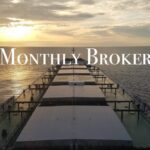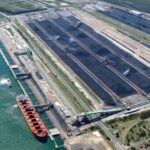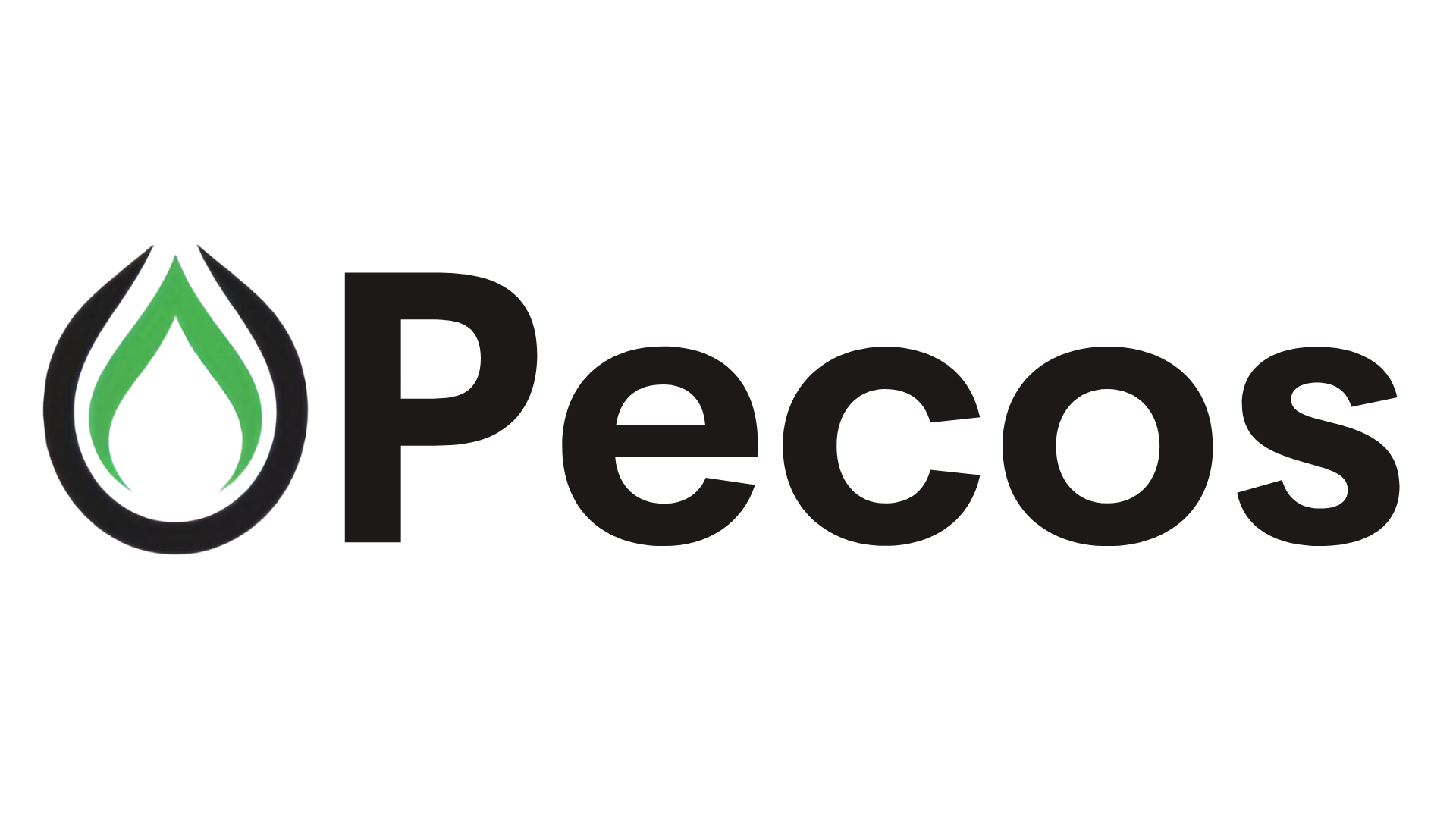Energy News Beat
Donald Trump’s chaotic trade policy making has led to unexpected volatility in container shipping freight markets. After the carriers pulled capacity from the Pacific, the US and China came to a short-term agreement on tariffs. On June 11, Trump said on his social media channel that “our deal with China is done” and claimed that China had agreed a 55% tariff rate on its goods exports to the US. China has not confirmed the details, saying only that it will honour its commitments and that its relations with the US have been “consistent and clear.”
So, rather like the stock markets which appear to have priced in MAGA trade chaos, the liner shipping freight markets have proved to be remarkably resilient so far in 2025. As trade volumes on the transpacific route recovered in the wake of the heralded trade deal, freight rates for a feu shipped from Shanghai to Los Angeles have bolted from $,2788 on May 23 to $5,593 on June 20, via a peak of $5,994 on June 13. This surpasses the January 2025 peak, caused by importers seeking to build inventory before Trump’s investiture, and puts us back into the price range last seen in September last year as peak season wound down. There has been a similar rise in freight prices from China via Panama to the US east coast. These were rated at $4,223 on May 23 and have since ballooned to $7,183 on June 20.
However, in both cases, the rise in rates came mostly in the first half of June and has levelled off, giving cause to question the longevity of this change – is it a plateau or only a spike? Rising prices among vessel shortages due to repositioning have come in for scrutiny: US shippers at the Agriculture Transport Coalition’s AGM in Tacoma, Florida last week complained of falling reliability in shipping dates, stricter carbon emission rules and congestion at transhipment ports, all adding to costs. Kuehne + Nagel vice president Bill Rooney described carriers’ scheduling performance as “a dumpster fire.”
In another success for MAGA economic policy, the Louisiana shipbuilder Edison Chouest Offshore has signed a deal with HD Hyundai to build “medium sized” LNG dual-fuel container ships in Louisiana with delivery slated for 2028. HD Hyundai will supply design, purchasing and technology support as well as block manufacturing the vessel hulls. This is the latest in a string of deals that the South Korean shipbuilder has inked in the US since April.
Meanwhile on the Asia to northern Europe voyage, where volumes in May were up 12% year-on-year, rates also jumped in the first week of June, from $2,361 to $2,757 but kept climbing and as of June 20 were $3,096, their highest since early February. On the voyage from Asia to the Med, rates leapt 32% in the week to June 6, reaching $4,285 and then another 13% in the next week, reaching $4,846 per FEU, a level they have since maintained.
The EU is not happy about the rise in imports from China. It has pulled out of a scheduled EU-China High Level Economic and Trade Dialogue meeting in advance of a leaders’ summit set for July 24 and 25 in Beijing. The EU has banned Chinese medical devices from public procurement contracts, and has put anti-dumping tariffs on Chinese plywood.
The EU is happier with its trade with South America. The two parties are due to present a free trade agreement in early July following six months of legal fine-tooth combing and translation, with ratification due by the end of the year, even as France seeks an agriculture carve-out for itself. The European Commission says that imports from Mercosur have grown by 50% in the last decade, while exports to Mercosur are up 25%, with combined trade amounting to €111bn in 2024.
While most EU imports from South America are raw materials, agriproduce and energy, exports are led by containerised goods: medical equipment, pharmaceuticals, industrial machinery, road vehicles and parts; and electrical apparatus and appliances. Hence freight rates remain buoyant, with freight from the EU to the west coast of South America averaging around $2,600 per feu so far this year, but reaching $3,119 on 13 June, before slipping back to $2,906 by June 20. On the shorter voyage to the east coast of South America, rates average around $865 so far this year and currently stand at $882 per feu.
In the north Atlantic, westbound rates are unchanged in the last month, staying at $1,929 per feu. On the eastbound voyage they added 10% in the first half of June, reaching $881 per feu and have stuck at that level since.
Liner companies continue to develop their low-emission fleets and deployment. The first LNG fuelled boxship to call at Nigeria – the 8,350 teu Kota Oasis – docked at the Onne Multipurpose Terminal on June 20. At Ulsan shipyard, AP Moller- Maersk celebrated the naming ceremony for Berlin Maersk, the first of a new series of 17,480 teu, methanol dual-fuel container ships. The ship will join the AE3 route connecting east Asia to northern Europe, with its first port call being Shanghai.

The post Container’s wild mood swings appeared first on Energy News Beat.








